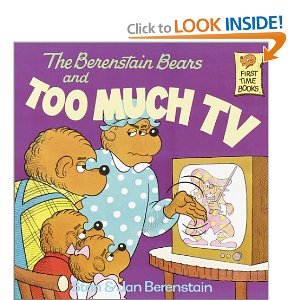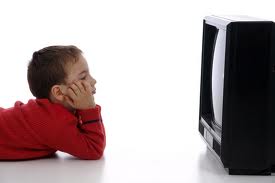Learning in front of a screen
After reading Bradbury’s “The Veldt, I’ve become very weary of the idea of a virtual environment, and upon reading an article on a CNN blog about the growing popularity of virtual classrooms, I was not excited. The article looked at a seventh grader who utilised a virtual school system to accommodate her rigorous ballet rehearsal schedule. The virtual school was run by K12 Inc., one of the largest virtual teaching companies that creates curriculum for students from Kindergarten through High School. The virtual classroom is mostly used for students who need to work around a normal school schedule, are falling behind in regular classrooms, or just simply don’t fit in a standard setting. The article goes on to question the value of virtual classrooms, considering concerns of socialization, educational achievement, and funding.
From my perspective these virtual learning environments are lacking several components that are key to student development. The most obvious thing missing from this virtual equation is the socialization that is inherent in a “brick and mortar” school. As Chudacoff states in his piece on children’s play, schools are the “incubators of peer groups” and are incredibly important in the socialization of almost all American children. The student interviewed in the article meets with other students once a month, but this is far to little in comparison to the way traditional school systems expose students to others. Another “life lesson” taught in school that doesn’t translate virtually is the idea of discipline that reflects a work environment, such as prompt attendance and rule following. Although the value of these lessons can be contested, their connections to most work environments cannot.
But perhaps the way the 21st century is headed, more and more towards digital environments, having children sit in front of a computer screen for twelve years may not be so different from the way the rest of their lives will look…





